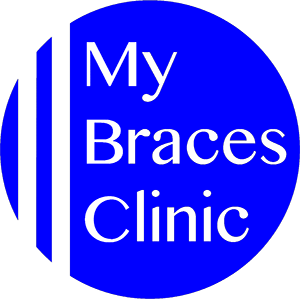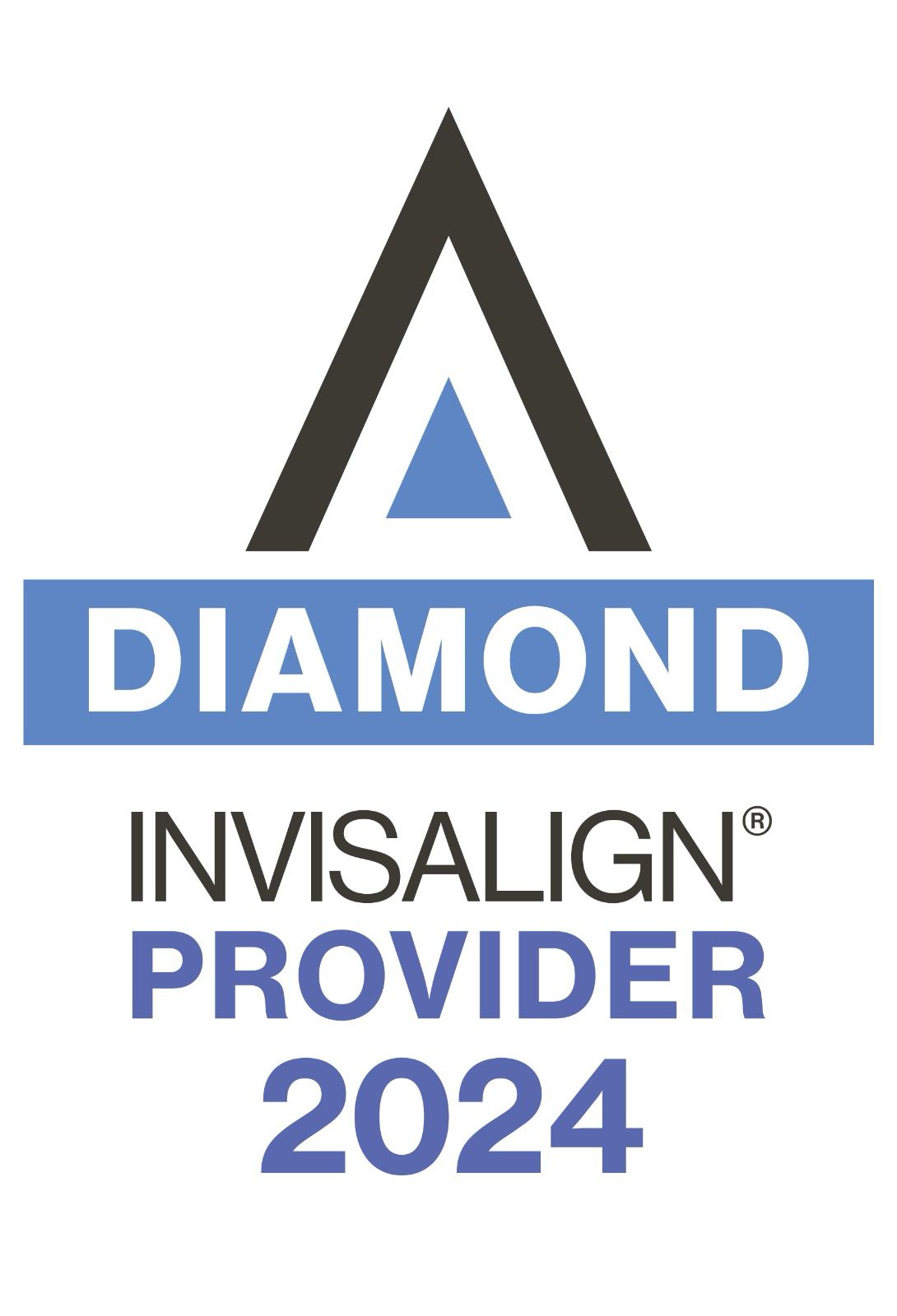Some people’s teeth just don’t seem to fit together quite right, even though they are straight. You might be looking at Bolton’s Discrepancy. This dental term refers to a mismatch in upper and lower teeth sizes. This can lead to bite problems, spacing, or crowding.
Let’s break it down in simple terms.
Wayne A. Bolton developed it in 1958, concluding that upper teeth must be 23% wider than the lower teeth for a healthy overbite. If this is not the case, misalignment, spacing, or bite issues will likely occur.
What causes Bolton’s discrepancy?
Genetics
Tooth size can also be passed down in families. If one parent has tiny teeth and the other has larger ones, you might have a mismatch too.
Missing or Extra Teeth
Some people are born with missing teeth or extra teeth, which can upset the balance between the upper and lower jaws.
Tooth Shape Differences
Sometimes, certain teeth are naturally smaller or oddly shaped, leading to an uneven ratio between upper and lower teeth.
Dental Wear or Grinding
Over time, excessive grinding can wear down teeth, making them smaller and altering their proportions, causing an imbalance between the upper and lower teeth.

Diagnosis of Bolton’s discrepancy
Your Orthodontist measures the widths of your teeth and applies a mathematical formula to determine if there’s a mismatch. This formula is called the Bolton Ratio, which compares the total width of your lower teeth to your upper teeth:
Overall Ratio (all teeth from first molar to first molar)
Anterior Ratio (just the front six teeth, canine to canine)
If the ratio is outside the normal range, you have a Bolton’s discrepancy.
Types of Bolton’s discrepancies
Anterior Bolton discrepancy
Involves only the 6 anterior teeth (canine to canine). This impacts the aesthetics of the front teeth (spacing in the upper teeth or crowding in the lower teeth).
Overall Bolton discrepancy
A mismatch in the total width of all your upper teeth compared to all your lower teeth. This results in an over or underbite.
Effects of Bolton’s Discrepancy
Bolton discrepancy can cause:
Bite issues (Malocclusion) –Your teeth might not come together properly, causing problems like overbite, underbite, or crossbite. Thus leading to discomfort or difficulty chewing.
Spacing or Crowding – Too much or too little space between teeth can affect appearance and function.
Chewing and Speech Issues – Poor alignment due to a Bolton discrepancy can make chewing less efficient. It can also affect speech in some patients, especially when gaps or misalignments change tongue placement.
Orthodontic Challenges – If your dentist doesn’t account for a Bolton discrepancy before braces or aligners, the final result may not look or function correctly. Stability of the final results may also be compromised.
Aesthetic Concerns – Uneven proportions can affect the overall smile, making some teeth appear too large, too small, or unevenly spaced.
Solutions for Bolton’s Discrepancy
Unfortunately, a Bolton’s discrepancy does not go away by itself. However, it can be corrected through orthodontic treatment by adjusting the relative size of teeth using various techniques, depending on the severity of the problem.
Braces or Invisalign can help adjust spacing and alignment, ensuring the teeth fit together better despite the size discrepancy.
Orthodontists may combine IPR, tooth rotations, tooth tipping, bonding, or extractions for optimal results. Another technique is to ‘hide’ the Bolton’s Discrepancy to the back teeth where it is less visible. Even though Bolton’s Discrepancy may not be eliminated, aligning the teeth would allow for more of an aesthetic appearance.
Interproximal reduction (IPR)
IPR is a precise technique involving removing a small amount of enamel from the sides of teeth. Braces or aligners will then use the space created from IPR to balance a Bolton’s discrepancy without extractions.
Tooth bonding/Veneers
Suppose the upper teeth are too small; composite bonding or porcelain veneers can be used to increase their size and improve balance. This approach is common when small lateral incisors (peg-shaped teeth) contribute to Bolton’s discrepancy.
Crown or Bridge Placement
If missing teeth contribute to the discrepancy, dental implant crowns or bridges can be used to restore proper proportions between the upper and lower teeth.
Tooth extraction
In cases where the lower teeth are much larger, an orthodontist may recommend removing an incisor or premolar to create space to relieve the Bolton’s discrepancy instead of excessive interproximal reduction (IPR).
Modern ways of detecting a Bolton’s Discrepancy
Using the Itero intra-oral scanner, a patient’s teeth and bite are accurately captured digitally and the Invisalign Outcome Simulator software (iOSIM) runs a virtual simulation of the outcome that considers any possible Bolton’s Discrepancy.
Table showing detailed Bolton’s analysis in Invisalign’s Clincheck software
With the Clincheck software, a detailed Bolton’s analysis table is automatically done to highlight the anterior vs. overall Bolton’s Discrepancy to your orthodontist. From here, your orthodontist can decide how best to balance, relieve or hide this discrepancy
Conclusion
Bolton’s discrepancy is a significant factor in dental and orthodontic health, influencing bite alignment, spacing, and overall aesthetics.
While many people may not realize they have a tooth size mismatch, it can lead to functional and cosmetic concerns if left unaddressed. Fortunately, with proper diagnosis and treatment—such as orthodontics, tooth reshaping, or bonding—these discrepancies can be effectively managed to achieve a balanced, harmonious, and stable smile.
Consult our orthodontic team to assess Bolton’s discrepancy, which can help ensure the best possible outcome for your teeth and bite.




